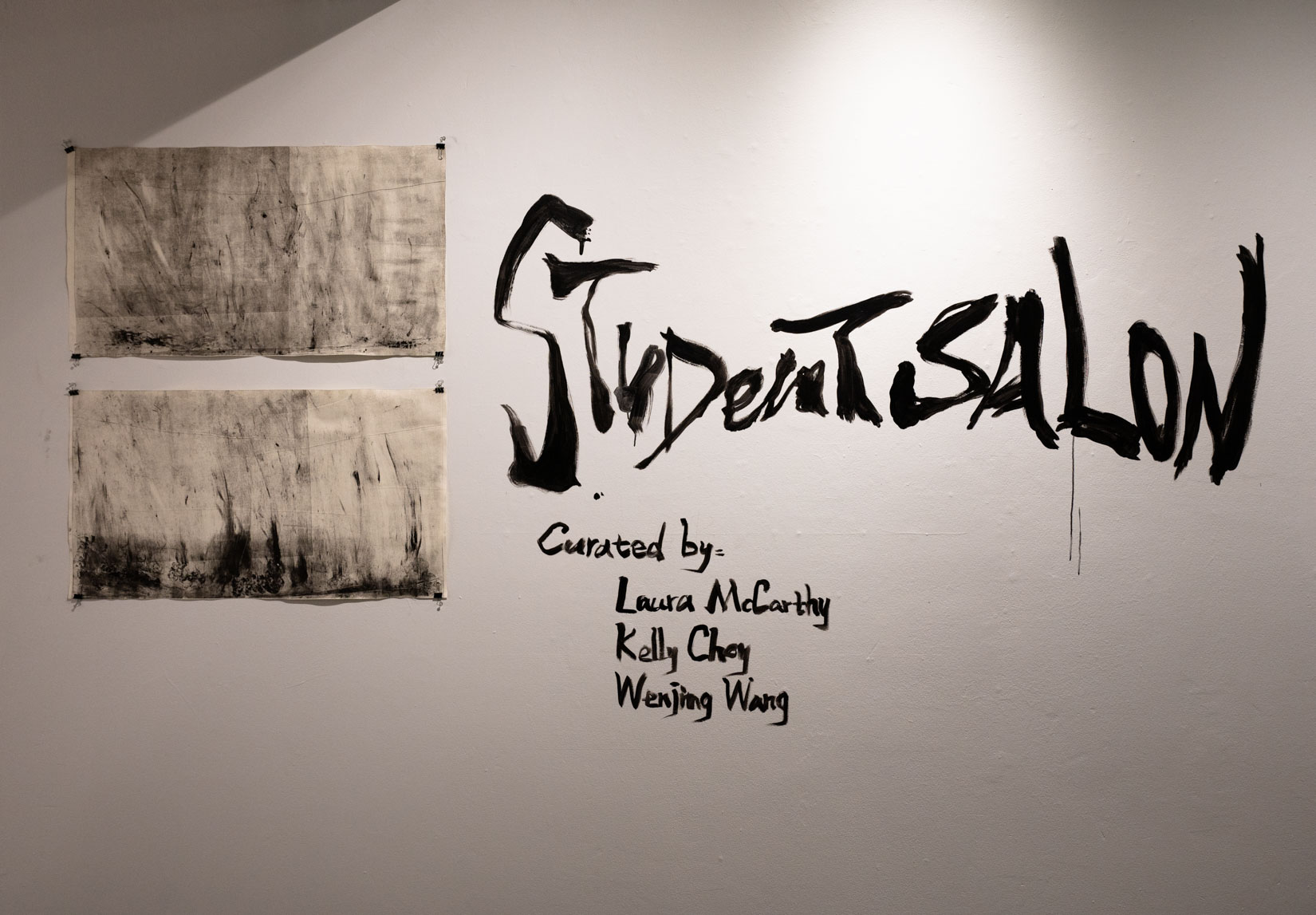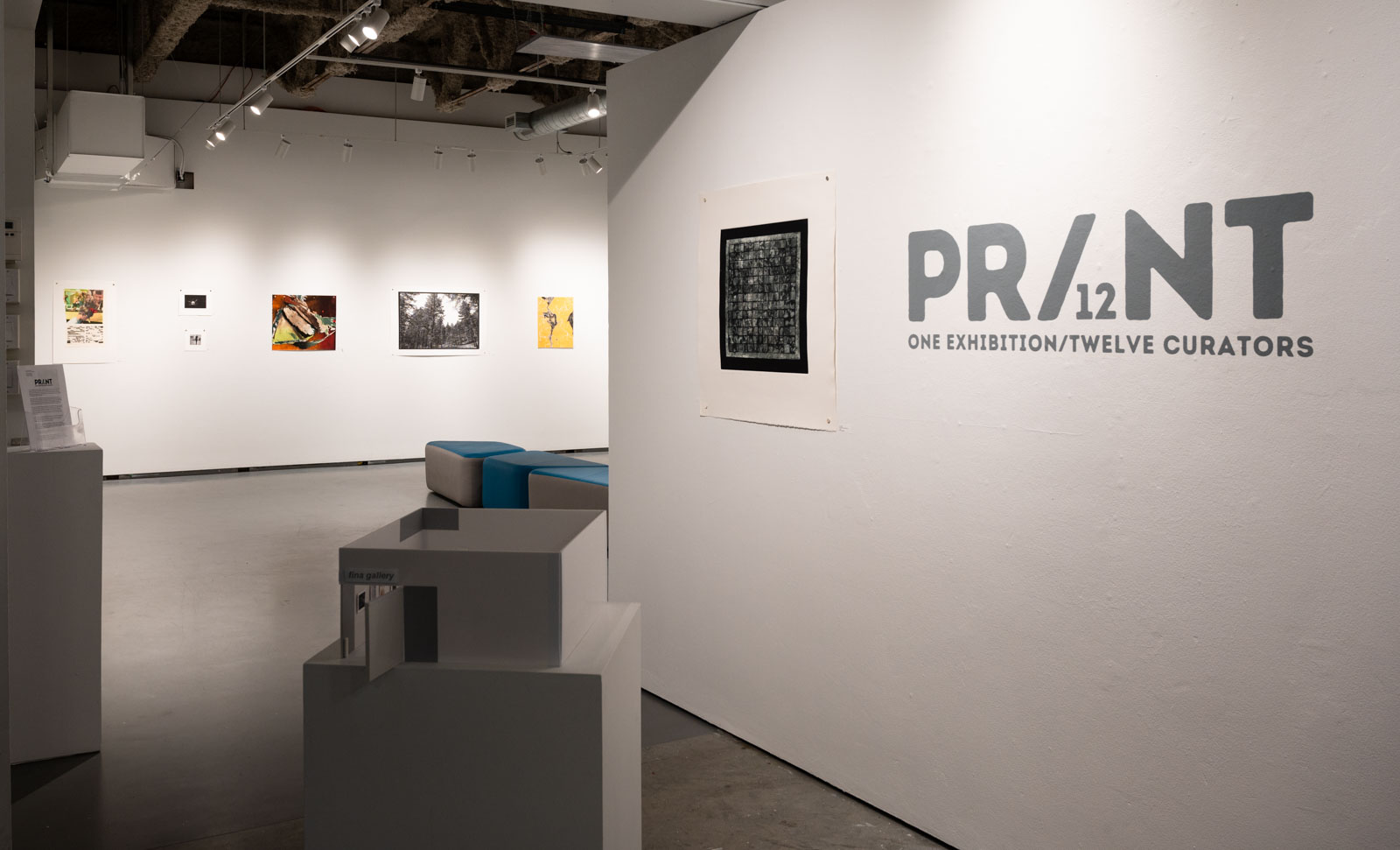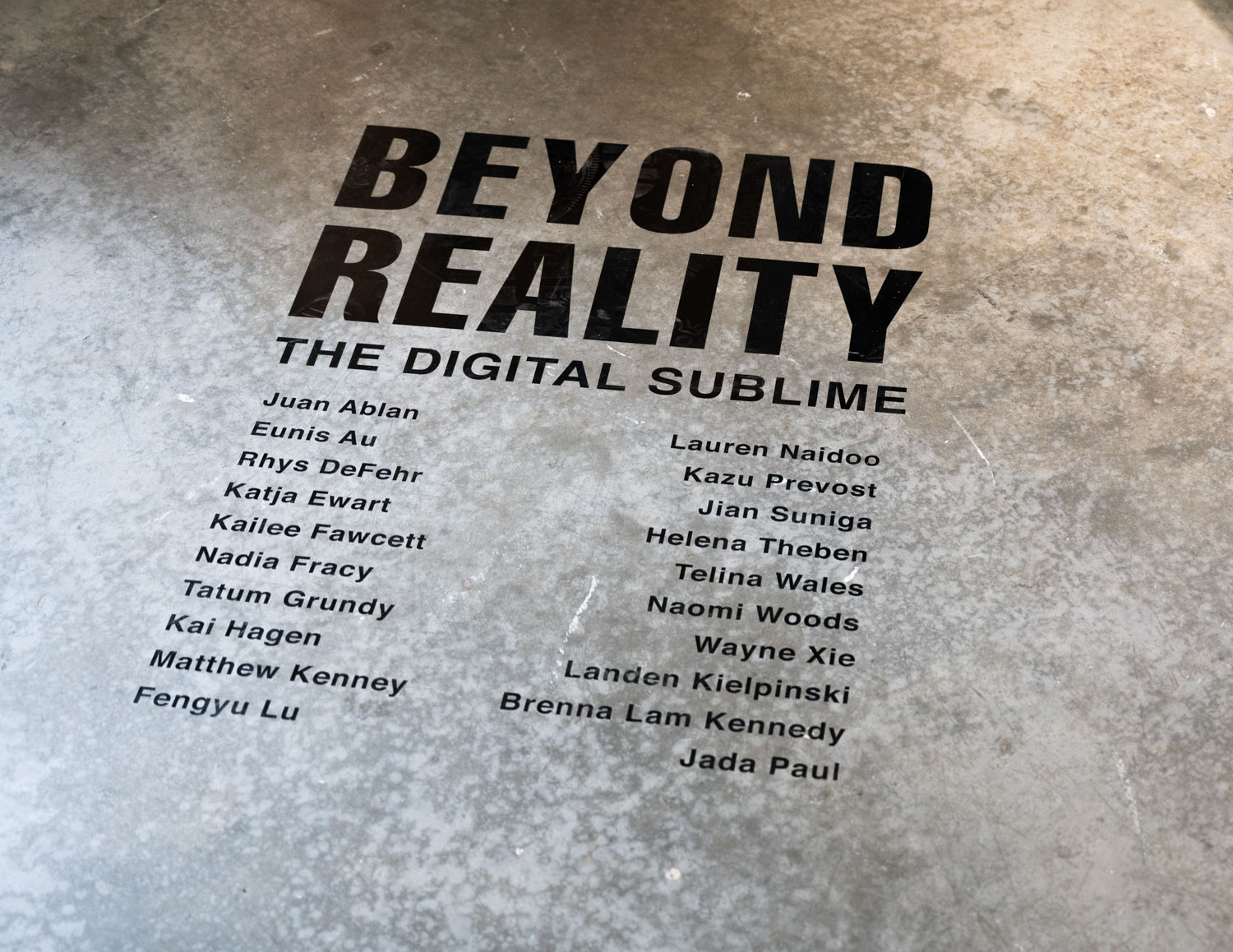Student Salon
Student Salon is a unique approach to exhibiting VISA students works. Students were asked to come and hang their artwork on a first come, first hang basis resulting in what could be described as organized chaos. Artworks featured are made in various mediums, texture, color and message all in one space. Curated by Laura McCarthy, Kelly Choy and...

 Follow
Follow







